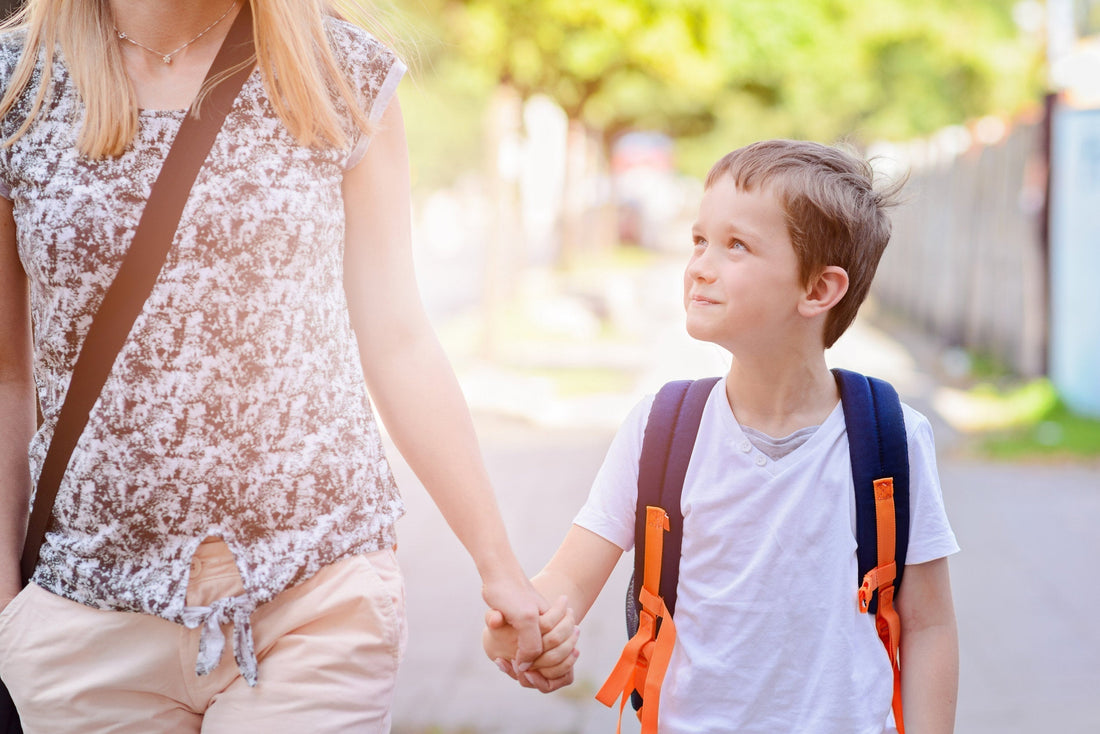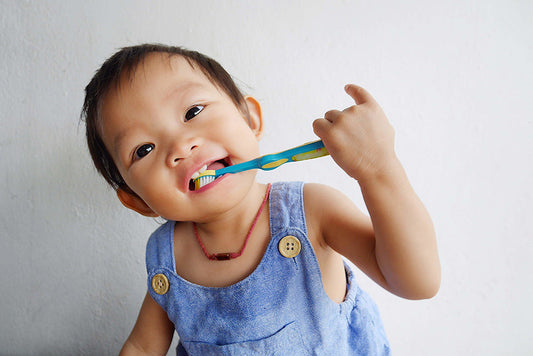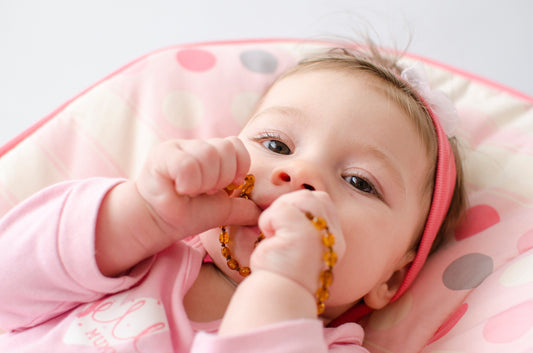Is Changing Elementary Schools Dramatic for Kids?
| updated:Share

On top of the chaos of COVID-19, many parents1 are deciding to switch their kids from public to private schools, with many in the private sector choosing to return to in-person classes sooner than the public. However, many parents now wonder if switching schools was traumatic.
How Switching Schools Can Affect a Child
In general, switching schools or school mobility2 is considered bad, especially when sudden. Children crave stability, and when they don’t or can’t have it, it sends a ripple or wave through the emotional and developmental systems.
COVID-19 has been a tsunami. Children who often look to their parents for emotional and directional support find most adults do not have answers.
While you want your child to have a normal life, enjoying face-to-face interactions and the benefits of those interactions, school transfers are a risk, especially in uncertain times. However, there are times when a change is necessary. In those instances, it is about helping your child cope and trying to maintain a stable environment for them to express their emotional journeys.
Knowing When Your Child Should Change Schools
In typical situations, considering removing your child from one school to enroll in another is based on a few different logics: the child’s happiness, safety, progress, and social or community opportunities. However, that is for typical situations. COVID-19 is not typical, and many educational experts are looking at the pandemic, as it relates to schooling and mobility patterns, more like a natural disaster than an illness.
The pandemic was and still is a test of endurance, adaptability, and innovation for school systems. Many schools were not ready or set up for at-home or remote learning on such a massive scale. Unfortunately, being unprepared is not an excuse at this stage. Children need an education, and many parents feel like the public sector, or at least portions of it, are failing their kids, especially as it relates to community, stability, and educational opportunities.
When should your child change schools? When you stop seeing growth or commitment academically, emotionally, and socially. Despite the pandemic and its overwhelming influence on the educational system and society, those three principles are still the measurements of a school’s effectiveness. Not every school has met the challenges of the times, and as a parent, you need to weigh the pros and cons to determine whether a new school and environment is the best choice for your child.
4.4 /
5.0
(17)
17
total reviews
Children’s Multivitamin Gummy
Sale price
$21.99
The Pros and Cons
Hopefully, the purpose of considering the pros and cons of switching schools is to make the decision easier. Unfortunately, it is easy to think of several cons:
- Loss of friends
- Schedule changes
- Curriculum changes and challenges
- Loss of adult support group (Teachers, principals, counselors, etc.)
- Changes to extra-curricular activities
While the above cons sound devastating, it is important to note many of these changes and challenges have already occurred because of COVID-19. Therefore, try to focus on the potential positives of a transfer:
- New social opportunities
- Find schools focused on particular interests (Art schools)
- New friends
- New academic challenges for motivation
- New environment
You should also consider changing schools during the pandemic could present greater opportunities for face-to-face learning. However, if you also have older children, middle school and high school age, it might be best to include them in the conversation and decision.
Sometimes, as a parent, you need to make decisions for your children's health and well-being. These choices will not always be what your child wants, but they might be what is necessary at the time. When thinking about changing schools, understand the risks, weigh the pros and cons, and make the best decision you can.
Sources:
https://time.com/5885106/school-reopening-coronavirus/
https://www.ncbi.nlm.nih.gov/pmc/articles/PMC4279956/
https://www.the74million.org/changing-schools-can-make-or-break-a-student-but-the-wave-of-post-covid-mobility-may-challenge-the-systems-in-ways-weve-never-seen/
https://www.teachforamerica.org/stories/what-the-future-must-look-like-for-kids-in-2021



